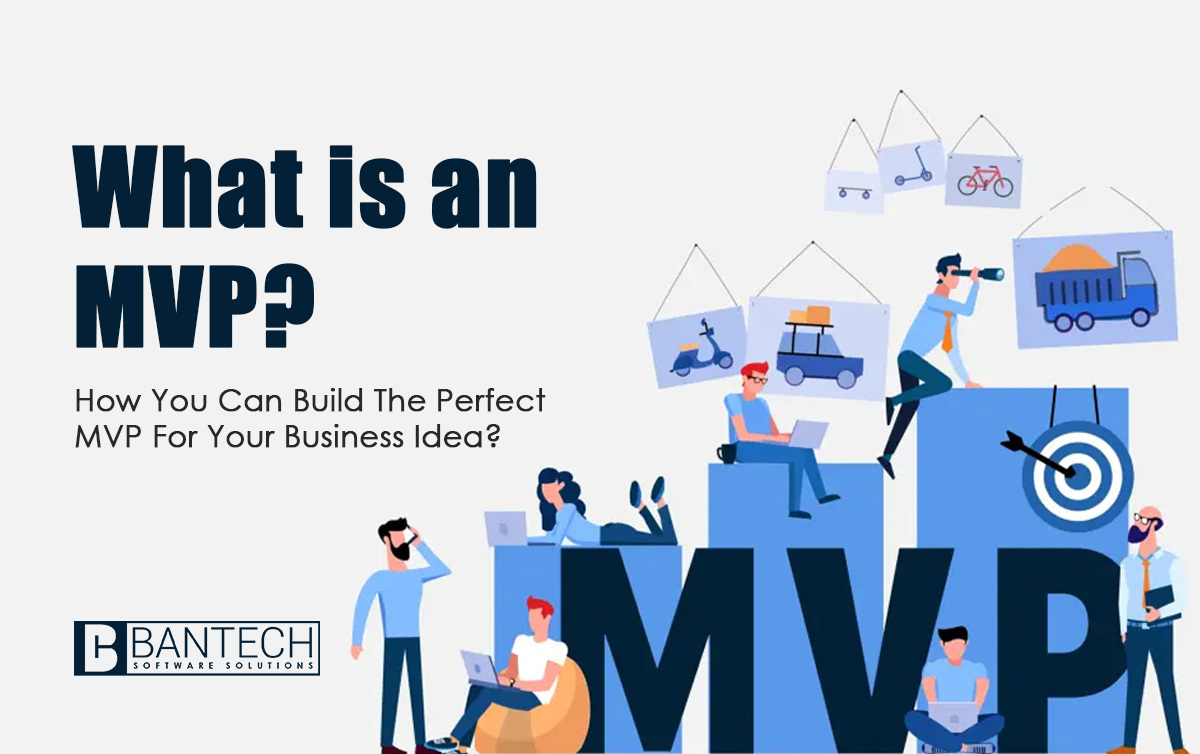In today’s fast-paced and highly competitive business landscape, it is crucial for entrepreneurs and product developers to stay ahead of the game. Developing a Minimum Viable Product (MVP) has emerged as a popular strategy to validate ideas, minimize risks, and bring successful products to market. In this blog post, we will delve into the concept of an MVP, its significance, and explore the step-by-step process of building an ideal MVP.
What is an MVP?
An MVP, short for Minimum Viable Product, is a strategically stripped-down version of a product or service that includes only the core functionalities necessary to address the target audience’s pain points. It aims to gather valuable user feedback, measure market demand, and validate assumptions before investing substantial resources into developing a fully-fledged product. An MVP is not a simple prototype but a functional product that can be tested by real users, providing companies with invaluable insights for improvements and enhancements.
Why is an MVP important?
Building an MVP carries several advantages that make it an essential approach for startups and established businesses alike:
- Cost and Time Efficiency:
By producing an MVP, companies can avoid spending excessive resources on features that may not resonate with their target audience. It enables them to prioritize development efforts and make informed decisions based on real user feedback. - User-centric Approach:
Instead of assuming what users want, an MVP allows businesses to validate their hypotheses directly with potential customers. Incorporating user feedback from the earliest stages of product development leads to better understanding of user needs, improving the likelihood of success. - Risk Mitigation:
Developing an MVP minimizes the risks associated with building a product that may not find market traction. It provides an opportunity to test the feasibility and market demand before allocating substantial resources to the project.
Building an Ideal MVP – Step-by-Step Process:
- Define and understand your target audience:
Identify your target audience and precisely define their pain points. Conduct thorough market research, gather user data, and create customer profiles to better understand their needs, motivations, and preferences. - Identify your core value proposition:
Determine the unique selling points or core functionalities that will address your target audience’s pain points most effectively. Focus on solving a specific problem rather than trying to cater to all potential user demands. - Develop a prioritized feature list:
Prioritize features based on their importance, relevance to your target audience, and technical feasibility. Identify your must-have features and differentiate them from nice-to-have features that can be added in later iterations. - Build a prototype:
Create a simple, functional prototype that embodies the essential features of your product. The prototype should clearly communicate the value proposition, while not necessarily including all final design elements. - Gather user feedback:
Release your MVP to a limited user base and gather feedback on the product’s functionality, usability, and value proposition. Actively analyze user behavior, interactions, and suggestions to identify areas for improvement and iteratively refine the product. - Iterative development and launch:
Based on user feedback, iteratively update and refine your MVP, gradually incorporating new features and enhancements. Aim to strike a balance between user feedback and internal development vision without losing focus on the core value proposition. - Post-MVP evaluation:
After launching your MVP, analyze the data collected and measure its success against predefined metrics. Based on the information gathered, decide whether to pivot, persevere, or abandon the product and its features.
Ready to build an ideal MVP for your business?
Building an MVP has become a fundamental approach that empowers entrepreneurs and businesses to create successful products by minimizing risks and delivering tremendous value to users. By considering user needs, validating ideas, and iterating based on feedback, businesses can build an ideal MVP that serves as a solid foundation for future product development. Embracing the MVP methodology sets the stage for creating innovative solutions and ensuring long-term success in today’s dynamic business landscape.












